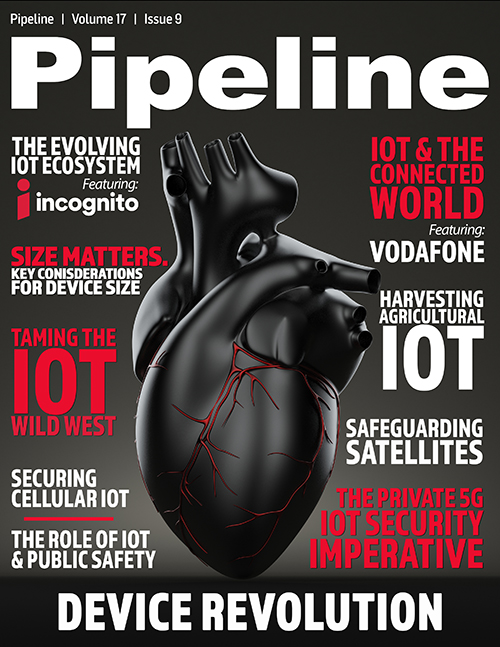Safeguarding Satellites for a Generation

According to the Union of Concerned Scientists, there were over 3,300 operational satellites orbiting the earth at the start of 2021, with hundreds of others planned for launch. From supporting worldwide Internet of Things (IoT) deployments and geolocation capabilities to assisting with military intelligence, satellites are becoming an integral part of everyday life. This proliferation of satellites is only set to increase, with many firms planning to send whole fleets into the skies to meet the rising global demand for digitalization and connectivity.
As the popularity of satellite skyrockets, however, the concern around security is also heightening. Many of the world’s global communication networks are now reliant on satellites and have become increasingly integrated with the Internet and many other networks. With this connectivity comes a growing attack surface, and cyber criminals are starting to take notice. As a result, it is imperative that security is made a priority right from the outset. With access to crucial networks and highly sensitive information, it is essential that vendors and manufacturers take the right steps to safeguard both satellites and ground infrastructure.
The growing need for satellites
Satellites have become extremely important. Not only do they support telecommunication networks, but they have also become vital for running global supply chains, worldwide logistics, and personal navigation. Private and government organizations now also depend heavily on them for important operations, such as remote sensing, imaging, mission-critical communications, and weather monitoring. Similarly, electric grids, IoT devices, data centers, and GPS technologies all rely on satellites to work effectively.
It is particularly alarming to think that many of these organizations have no influence over the cybersecurity of the satellite system and lack a basic understanding of the risks facing them. As more satellites are deployed, they will become increasingly interconnected, which therefore opens the door to the vulnerabilities through which attacks can easily occur. Despite the reality that cyberattacks frequently have significant consequences, security is often an afterthought, as innovation takes priority. This leaves little room or time to think about implementing best practices that can protect against attacks.
As evidenced by the recent attack on SolarWinds, which saw sensitive information from federal governments, educational institutions, and other private companies compromised by hackers, breaches can have a detrimental impact. A recent Cybersecurity Ventures report noted that cybercrime is expected to cost the world $10.5 trillion every year by 2025. With so much depending on satellites, cyberattacks that target them can cause substantial damage, from financial losses to fines for failing to comply with data protection legislation. Any intentional or unintentional disruption is also highly likely to cause a ripple effect with severe economic impact or information leakage. With so much at stake, companies must get security right the first time.
Security threats
There are a variety of ways in which satellites and their systems can be attacked. One method that is used by hackers is accessing the downstream system by intercepting the signal of the satellite. Once this is complete, it is then relatively simple for them to invade the entire network, and the networks of any organizations using that system, by infiltrating one ground station. Another way is through the long-held practice of using long-range telemetry to communicate with any ground stations. Any downlink or uplink communication is managed via open network security protocols, which can be easily bypassed by cyber criminals. There are also many entry points offered by IoT devices, which can open a back door into the entire network. One single unprotected device can bring down an entire company—and potentially its customers and suppliers too.
This is worrisome for organizations of all sizes, especially those that need to protect highly sensitive data, such as militaries and governments. Satellite cybersecurity is hindered by a
multitude of weaknesses, according to Major Stephen Bilcher of the US Air Force. During the manufacturing stage,
several weaknesses have developed through years of neglect, leaving potential weak spots in satellite receivers, networks, and ground systems that cyber criminals can readily exploit. Each craft
or system often requires a specific, custom solution, which is costly and time-consuming to implement. Additionally, the ground systems that support satellites are routinely saturated with
Industrial Control Systems (ICS) and IoT devices, which are common targets for attacks. Hackers are always looking for security loopholes to gain access to the entire satellite system, and these
ICS and IoT systems provide the best way in due to their many vulnerabilities.
Ensuring the best protection
As we become increasingly reliant on satellites, it is important that the satellite industry urgently reassesses cybersecurity and makes it a priority. The first step is for organizations to determine the vulnerabilities facing them and understand exactly how they could be exploited—for example, ensuring that their equipment can be updated and upgraded with the latest security measures. Because of its low security level and weak encryption, old IT equipment has often been used in the past to take control of entire satellite networks.



















